S.M.L.E. Mark I * Rifle……………….(f 745) SOLD
Created on July 14th 2018
Short Magazine Lee-Enfield Mk I* Rifle
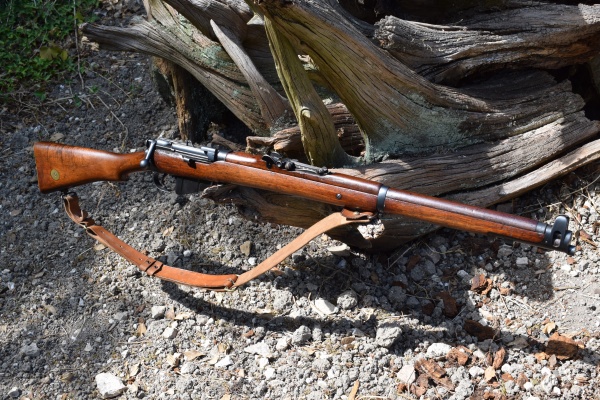
A rare and interesting fine condition example of the legendary early British S.M.L.E Rifle. Chambered in .303 with a ten-shot detachable box magazine. Enfield bolt system which cocks on closing. The bolt has the early “D” shaped cocking piece and the full serial number on the rear of the bolt arm. The serial number which appears on the receiver ring and bolt arm reads ” T22399″. The RHS of the butt-socket further details read as follows; “Crown device / E.R. , / B.S.A.& Co’ / 1906 / SHT.L.E / I.* ” A clear indication of who made the rifle and when. The brass disc set into the RHS of the butt has another clear piece of information; ” 8. 14.” There are Enfield acceptance or inspection marks on the underside of the wrist and a feint “I*” on the side of the butt next to the ID disc.
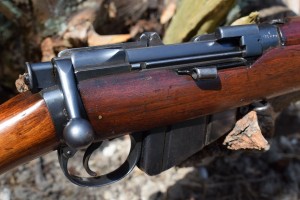
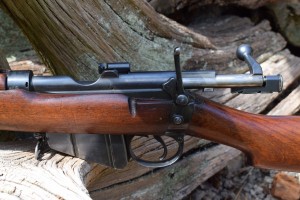
This S.M.L.E. measures 44.5/8″ overall. The round blued barrel is 25.1/4″ long and the trigger pull measures 13.1/4″ to the centre. Fully stocked in walnut – all pieces blend nicely. Most importantly, the rear hand-guard incorporates the rear sight guard. This changed in later models never to revert to this system again. The protective ears are flush with the edges of the handguard but, they are a highly intricate and a complicated unit to produce. The upper facing surface between the ears is clearly marked “EFD” and shows another inspection mark. The wood to metal fit is fantastic but way too complicated for a military rifle to be produced in its millions. The rear sights also fall into the same category in that they are far too complicated for a military rifle. They incorporate a finely adjustable windage arrangement which had to be dropped. Also, the buttons on the slide are made from buffalo horn and are an obvious extravagance, which had to be dropped. The underside of the sight rail is clearly marked with the matching serial number in full. It also shows the “crows foot” and numerous Enfiled inspection and acceptance marks.
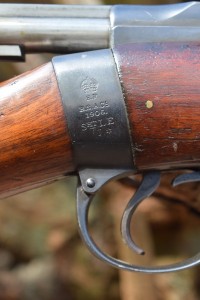
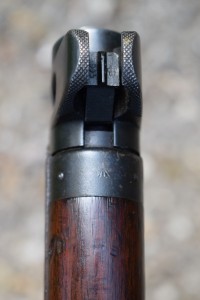
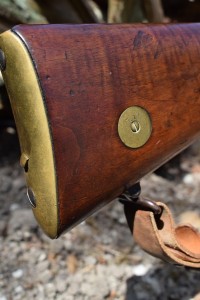
The rifles that followed in their millions, still retained the long range aperture sights and dial that this Mark I* has attached to the LHS of the rifle. The fold down aperture arm is fixed into the same cross screw as the safety catch and corresponds with the dial fore-sight section fixed to the fore-end. The dial is graduated from 17oo to 2800 yards. This allowed a section of men to lay down harassing fire over a great distance. Nobody was expecting the hail of bullets that descended out of the sky, at the other end of this exercise, to take out an important officer or NCO, but Old Fritz was going to scurry into his burrow pretty quickly as this lot plunged towards him. This would interrupt troop movement, re-supply, establishment of OP’s etc. On a good day it might even disrupt a game of boule or the like!
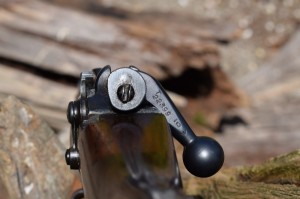
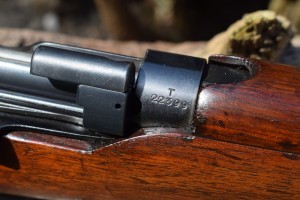
One of the most obvious differences with the more common NO I Mk IIIs is the sliding charger guide. Located on the bolt head it was the for-runner to the fixed charging bridge. It functions well but soon showed its short-comings in the field. It is a complicated and intricate device which suffers from ingress of dirt and eventually corrosion, if not regularly attended to. Another feature which would not be dropped until the development of the Mk III* was the magazine cut-off device. A simple plate which slides across the top of the magazine to impede the feed from the magazine. The army chiefs in their wisdom did not trust the humble British Tommy to conserve ammunition under pressure. It was a punishable offence to disobey orders and blaze away if not instructed to do so. Of course, the authorities who made these decisions had rarely found themselves in the trenches with a hoard of Pickelhaube encrusted, butcher-knife bayonet wielding, professional soldiers, descending on them, bent on the untimely departure from this mortal coil, of anybody, who happened to be wearing the wrong shade of green. All they were worried about was re-supply of ammunition and the difficulties in getting their Darjeeling tea to the command post before afternoon tea. Such is life – and death.
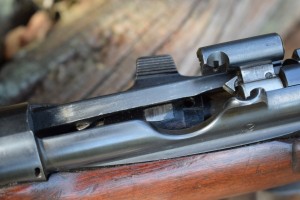
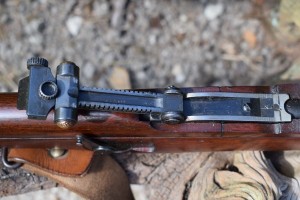
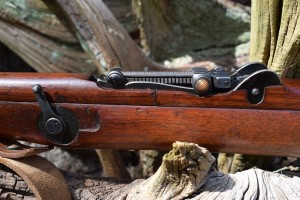
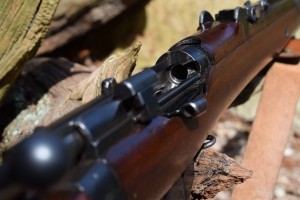
The only other major feature that this fine old SMLE still retains are the pinched nose-cap sight protectors on the muzzle end. The nose cap has these distinctive ears that look as if they might meet at the top – this evolved because the sight protection was originally going to be a complete encirclement of the sight. Below the muzzle is the bayonet mounting stud which has the matching serial number stamped on the front face. The rifle is equipped with three sling swivels and a very usable and adjustable leather sling. The mid barrel band is hinged at the top and there is a cross pin directly in front of it through the fore-end.
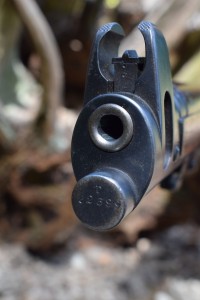
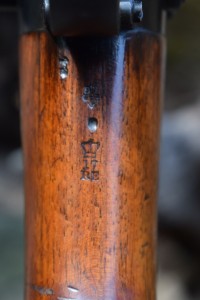
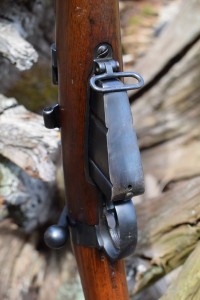
The action is smooth and positive. The bore is in remarkably good condition for a rifle is this age and has an uninterrupted 5 groove LH twist rifling pattern. The crown is very even in appearance. The bore has lost its shine but the front of the lands are still defined. Its clean but obviously used. I can not see any pitting with the naked eye. There’s life in the old girl yet might be the best way to put it. Yet an essential addition to any British or Enfield collection. This is the best looking example os these rare rifles I have had the pleasure of handling.
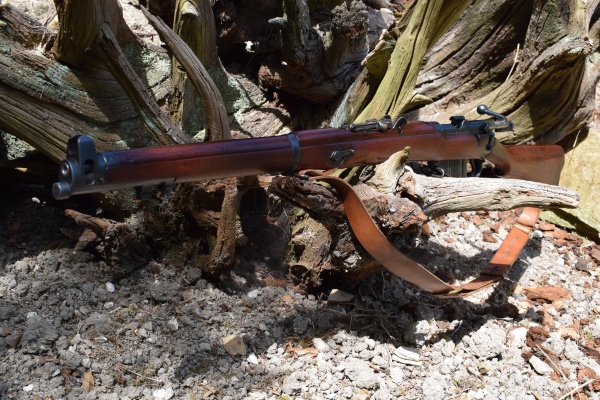
Stock No’ f 745
£ 1650. (SOLD)
Comments Off on S.M.L.E. Mark I * Rifle……………….(f 745) SOLD